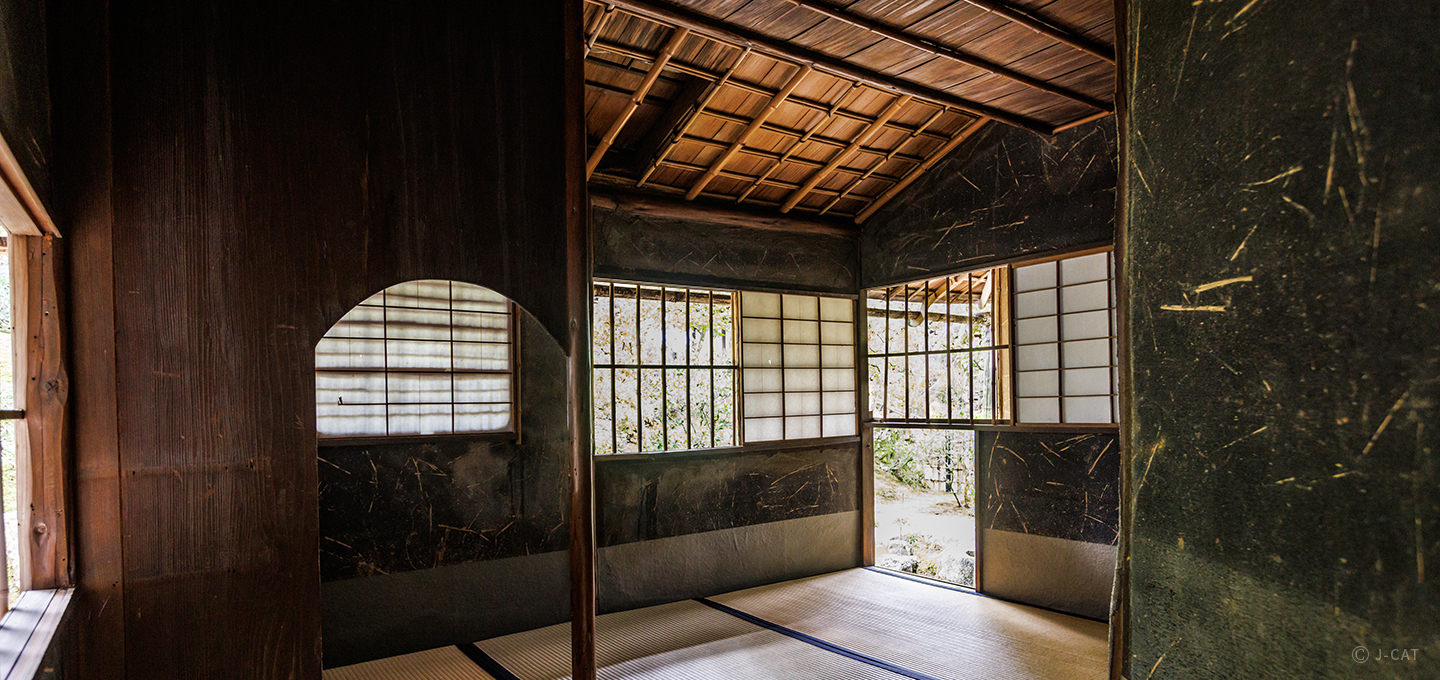
Special Experience
Kyoto
Tour World Heritage Site Ninna-ji Temple with Exclusive Access to Private Areas and Tea Ceremony
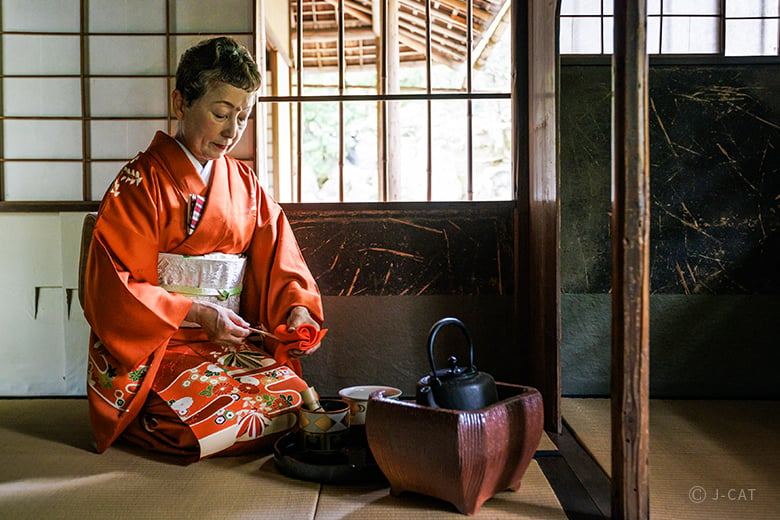
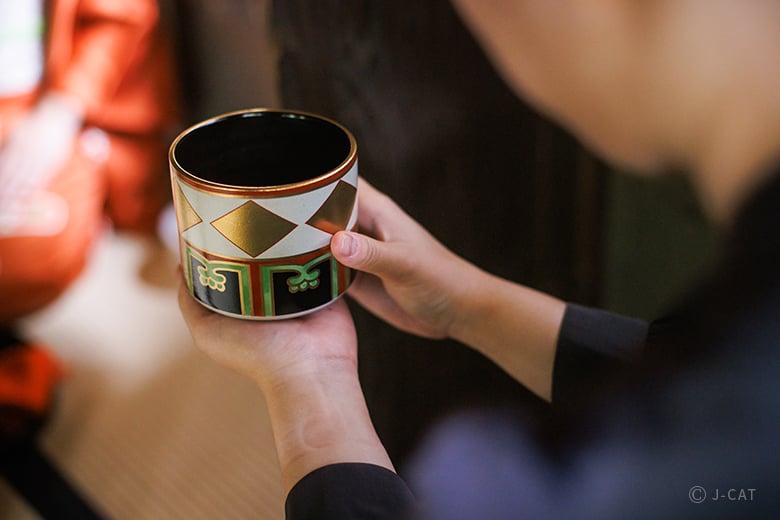
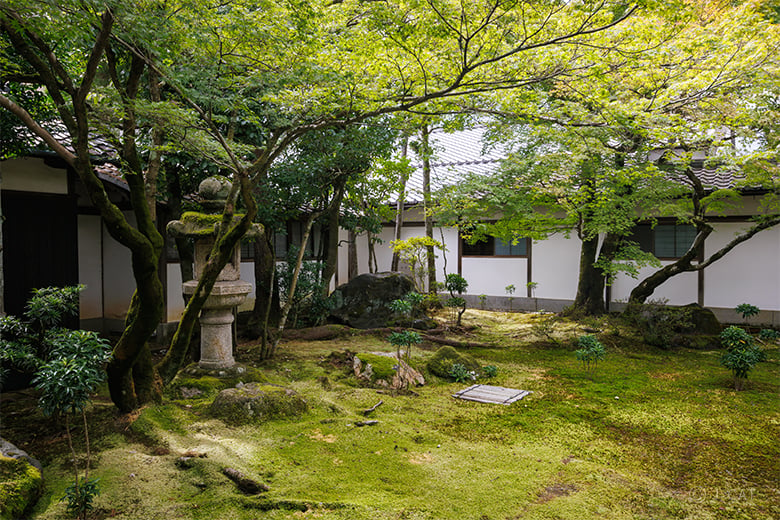
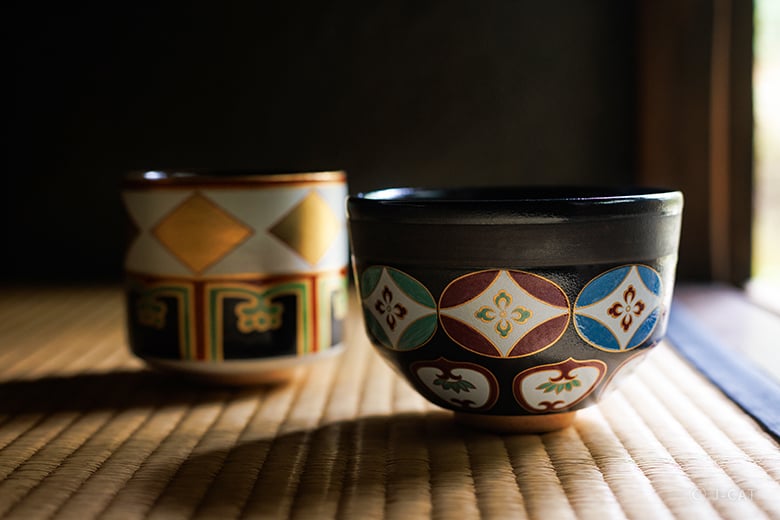
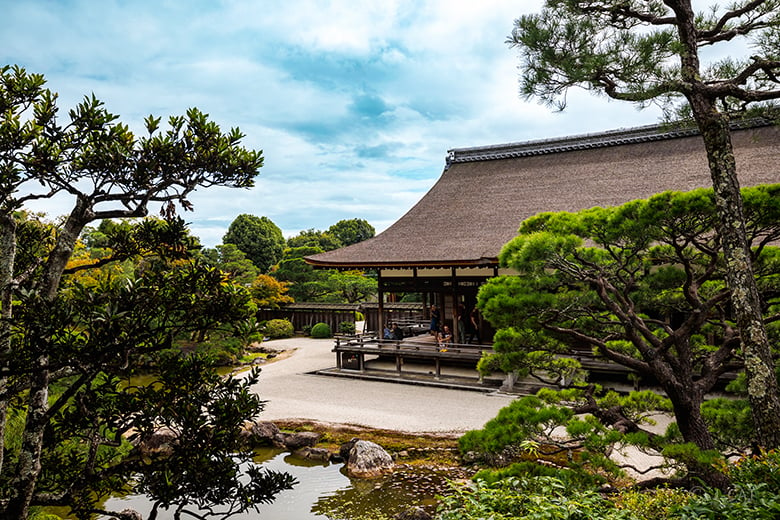
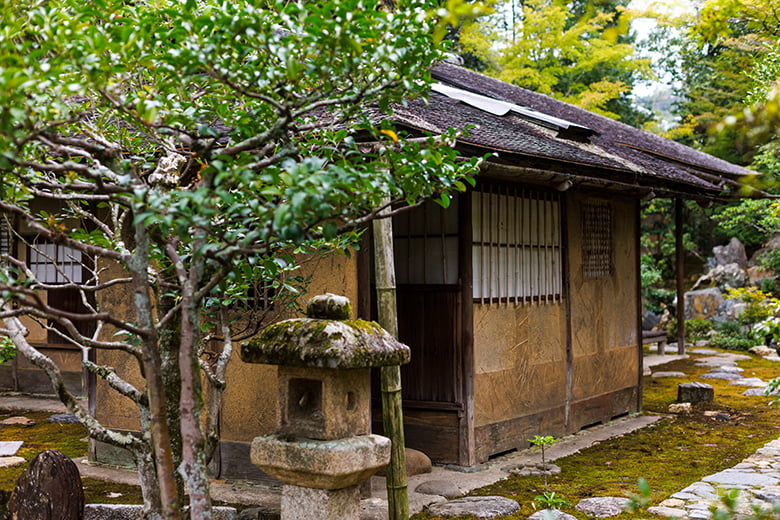
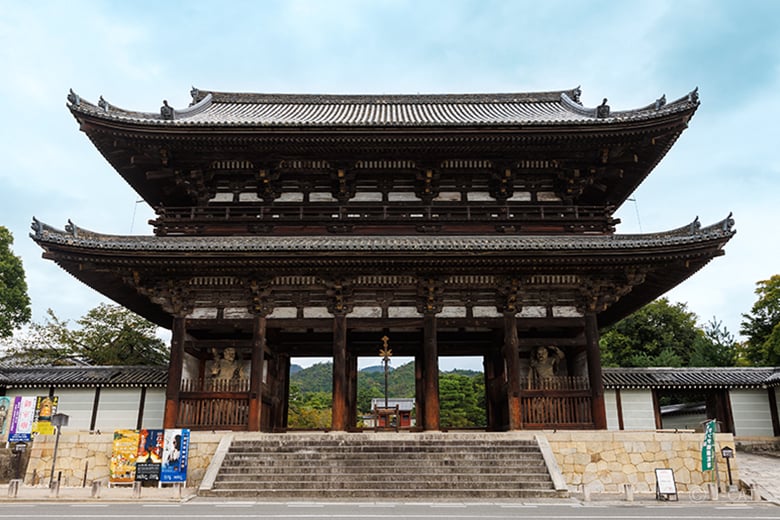
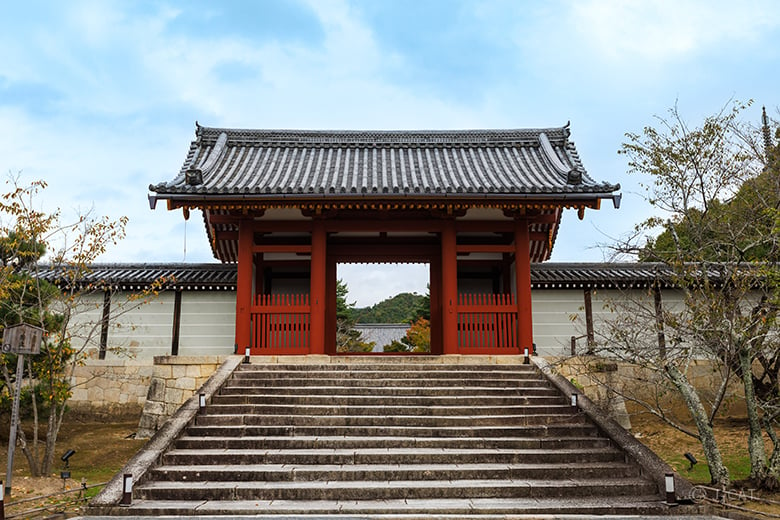
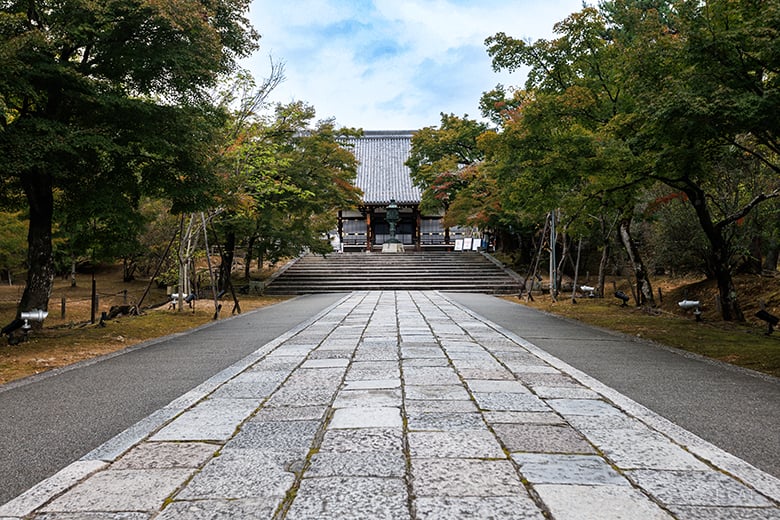
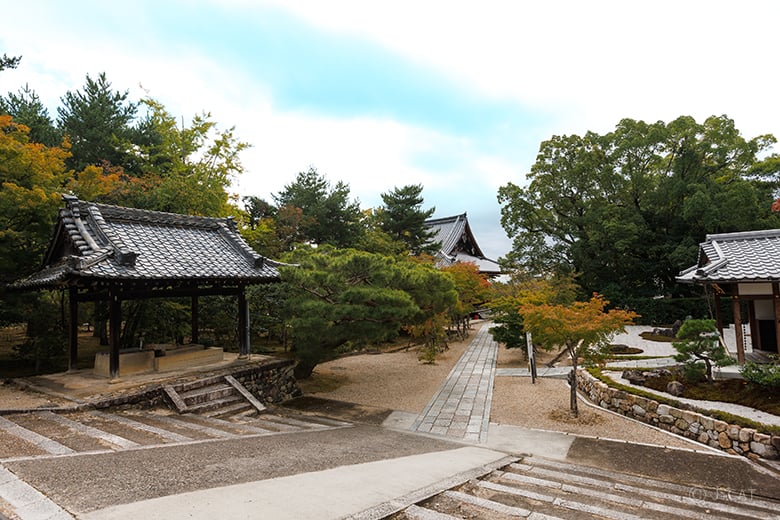
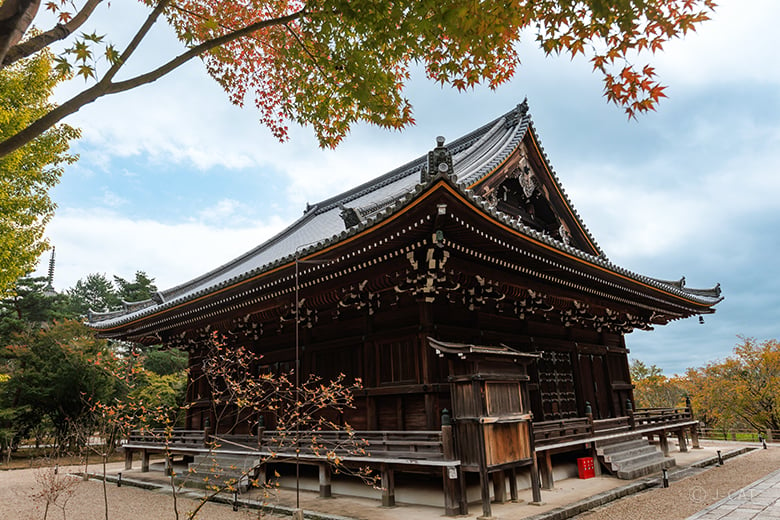
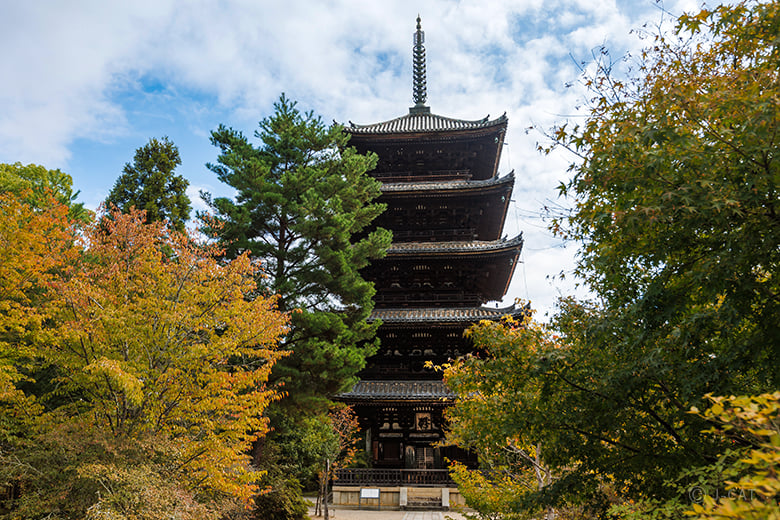
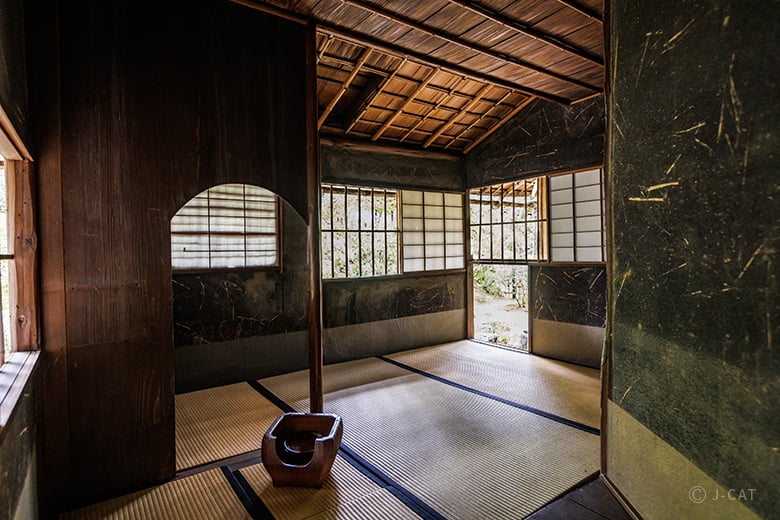
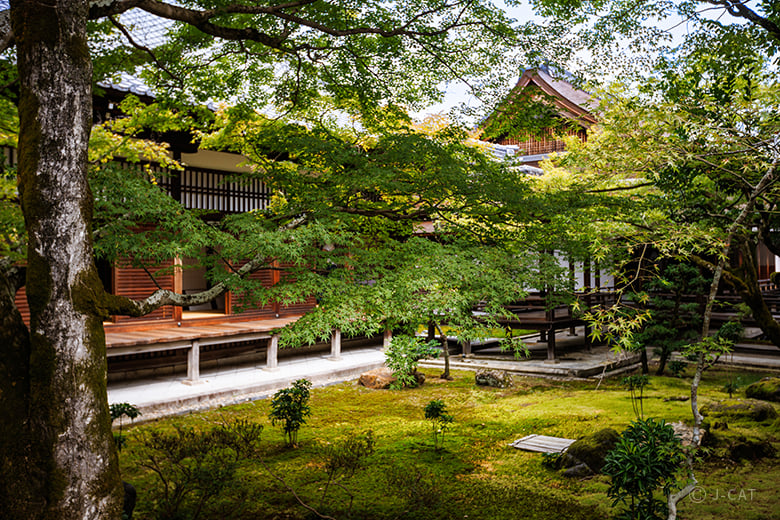
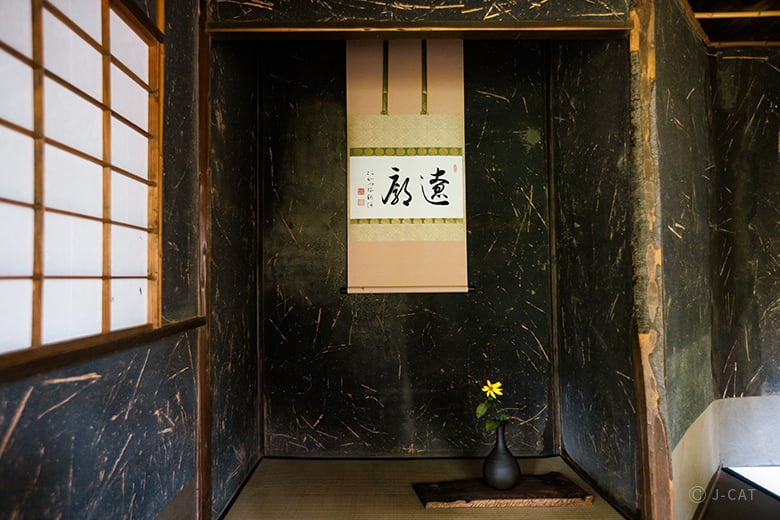
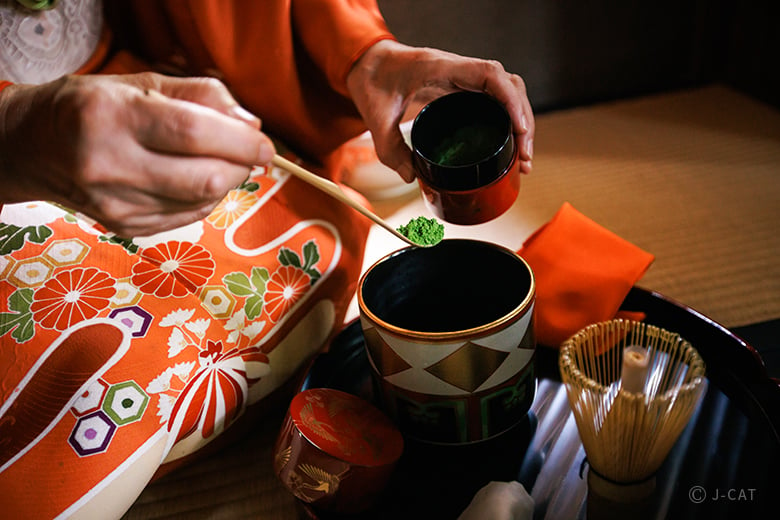
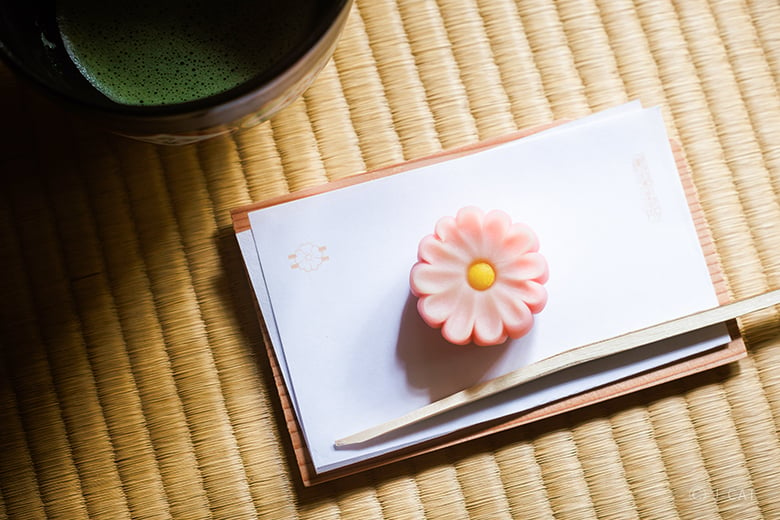
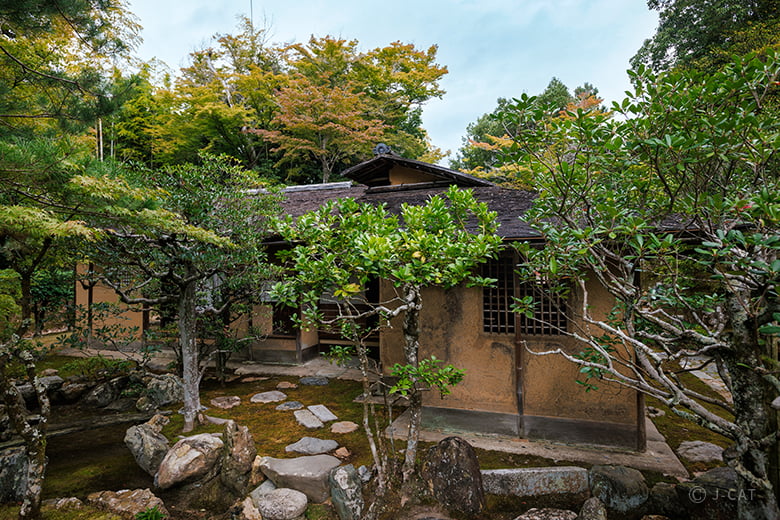
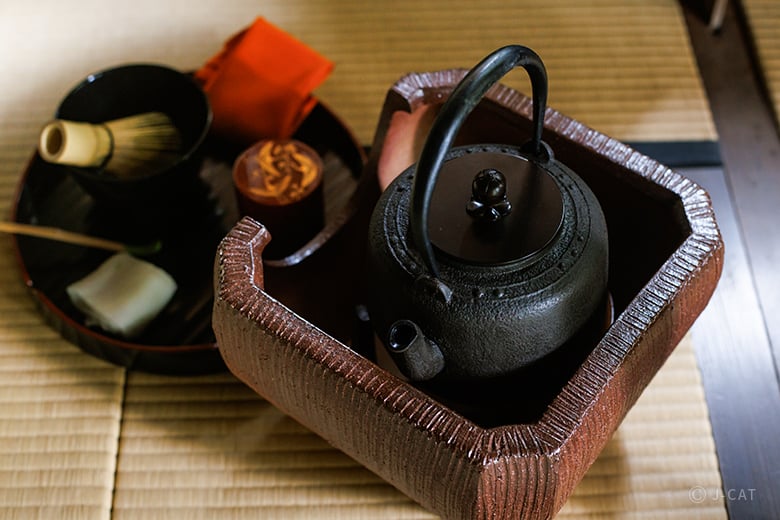
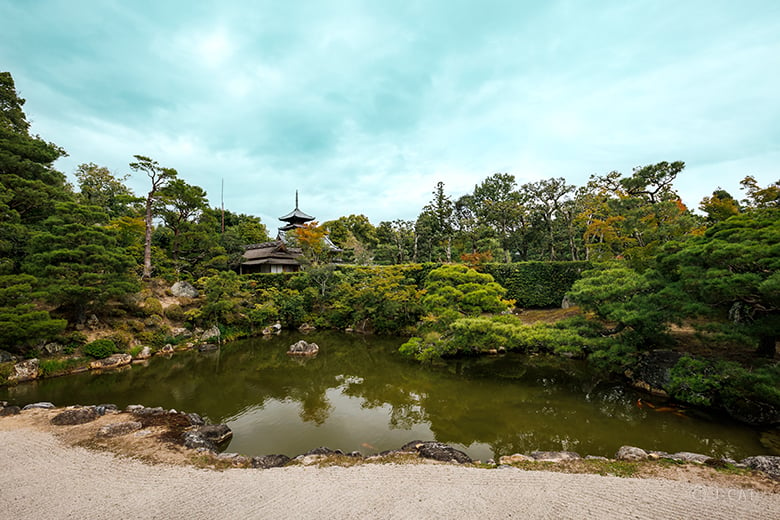




















Overview
Explore Ninna-ji Temple, a UNESCO World Heritage Site with deep links to the imperial family, through a special private tour led by one of its monks. Enter some of the oldest surviving temple buildings in all of Japan, such as the Great Hall (a National Treasure), which is normally closed to the public. Then, experience a dignified tea ceremony with a practitioner of over 40 years at a private teahouse previously belonging to influential artist Kenzan Ogata. Savor wagashi sweets in addition to matcha served in bowls replicating masterpieces by Ogata and Ninsei Nonomura, two of Japan’s most significant potters who were also closely linked to Ninna-ji.
Key Features
・Take a tour of Ninna-ji with a monk, including areas generally closed to the public
・Experience the spirit of Japanese tea through a ceremony at a private teahouse previously belonging to iconic potter Kenzan Ogata
・Savor matcha and wagashi served by a tea master of over 40 years
*You may also be interested in this experience in the same location:
Tour World Heritage Site Ninna-ji Temple with Exclusive Access to Private Areas and Ikebana Lesson
Kyoto
150mins
from ¥296,000 /group
1 - 10 participants
Available in English
Cancel free up to 5 days prior
Details
A Temple With Special Links to Japan’s Imperial Family
A short trip north-west of Kyoto’s bustling center, Ninna-ji is the head temple of the Omuro school of Shingon Buddhism, standing out as a temple deeply linked to the imperial family. It was founded in 888 by Emperor Uda, who later went on to become head priest after retiring from the throne. Until the end of the Edo period (1603-1868), numerous people of imperial or aristocratic lineage continued to occupy the position.

Ninna-ji is home to some of the oldest standing temple buildings in Japan
Ninna-ji’s importance is such that every single one of its religious structures (excluding its Great Hall, a National Treasure) has been designated as an Important Cultural Asset, and the overall temple is a UNESCO World Heritage Site. Immerse yourself in its history and culture in a way like no other through this Wabunka tour.
Set Out With a Monk Guide to Explore Gardens, Off-Limits Areas and More
Your journey begins at the magnificent Niomon Gate, one of Kyoto’s most famous temple gates, which marks the boundary between one’s ordinary everyday life and the world of the temple. Here, a monk will greet you as your very own guide.

Standing at just under 60 feet, the Niomon Gate is almost 400 years old
Hear about Ninna-ji’s history first-hand as you explore the grounds together, including the Goten, which formerly served as the residence of head priests. Rebuilt during the 1900s after several fires, the buildings were designed to enhance the beauty of its gardens. Take some time to admire the meticulously drawn rock patterns, as well as an exquisite view of the five-storied pagoda and the Hito-tei tea ceremony room, built and fondly used by Emperor Kokaku, whose brother was the head priest almost 250 years ago.

The Goten’s lovingly maintained North Garden
During the tour, you will also be able to enter the Kondo Hall - one of the oldest halls still standing in Japan - which is usually off limits to the public. Originally the Hall for State Ceremonies at the Imperial Palace, it was not deconstructed after the emperor of its time retired the throne, as was custom, but instead moved to Ninna-ji. From huge pillars to detailed fittings, every element is an example of exceptional craftsmanship fit for an emperor. Here, the temple’s principal deity, Amida Nyorai, is housed in addition to wall paintings of the Five Great Wisdom Kings that protect the hall, whose vivid colors have largely survived despite centuries of aging.

Ninna-ji’s principle deity, Amida Nyorai, within the quiet magnificence of the Kondo Hall
After exploring these spots and more, it’s time to experience the peaceful beauty of Japanese tea ceremony.
A Dignified Tea Ceremony in a Room Overflowing With Culture
At Ryokaku-tei, a tea ceremony room and Important Cultural Asset that was formerly part of influential potter Kenzan Ogata’s residence, you will meet your teacher: Sokei Tsutsui, a tea master and full professor of the Urasenke school who has practiced for over 40 years.

Originally built in the Edo period, Ryokaku-tei has stood here for more than 170 years
Closed to the public and surrounded by a quaint garden, Ryokaku-tei provides the perfect atmosphere to engage your senses during the tea ceremony. (Please note that a substitute venue will be used in case of extreme heat or cold due to a lack of heating or cooling facilities.)

Feel the spirit of wabi-sabi in this modest yet beautiful tea house
After entering through the low nijiriguchi door, which symbolizes putting aside one’s status in order to drink tea as equals, prepare your palate for the matcha with an exquisitely crafted wagashi sweet.

Matcha with stunning wagashi - one of Ms Tsutsui’s favorite things about tea ceremony (wagashi served will vary depending on the season)
As Ms Tsutsui begins to prepare the tea, be sure to observe her seemingly simple yet utterly refined movements. Through this, she hopes that guests will truly take in the tranquility of tea ceremonies, a rare experience in today’s world.

Simply watching Ms Tsutsui demonstrate her skills is an experience in itself
Furthermore, she encourages all to feel the joy of appreciating Japan’s seasons, which are reflected in every aspect of the ceremony, such as the room’s decorations and her traditional garb, making each one unique.

Decorations are always selected to complement Ryokaku-tei’s humble beauty and each tea ceremony
Savor Your Tea in Bowls Replicating Pieces by Japan’s Most Renowned Potters
Another seasonal element that can’t be missed is the tools of the trade, which include precious tea bowls replicating masterpieces by Ogata and Ninsei Nonomura, another of Japan’s most significant potters who was closely linked to Ninna-ji. They were also recognized as great masters of Omuro-yaki pottery, which began in the area and eventually developed into Kyoto’s traditional Kyo-yaki pottery. Indeed, many of their pieces have been designated as Important Cultural Assets, continuing to intrigue and inspire artists today.

Tea bowls replicating Ogata and Nonomura’s masterpieces (bowls used will vary depending on the season)
If you wish to bring the spirit of Japanese tea home, you can add an optional souvenir tea set when booking. The set includes a bowl by Ninshu (an official purveyor to Ninna-ji), Maryukyu Koyamaen matcha, a bamboo whisk and scoop, and a fukusa cloth made from upcycled kimono fabric, all presented in a handcrafted sashimono wooden box. Thoughtfully curated with sustainability in mind, it makes a refined keepsake of your tea experience in Japan.

Enjoy memories of Ninna-ji by making tea with your very own set (image is for reference only)
Feel the Essence of Ninna-ji and Tea Ceremony Culture
This Wabunka experience imparts deep insights into one of Kyoto’s most prestigious temples that cannot be gained elsewhere. Time spent exploring Ninna-ji with one of its monks will also put you in the perfect mindset to accept the simple beauty of tea culture, expertly demonstrated by Ms Tsutsui.

Take the time to absorb Ninna-ji’s history and culture in its peaceful grounds
She hopes that each tea ceremony will help people to appreciate the tranquility of the moment and the presence of the seasons in one’s everyday life, elements that have been treasured in Japan over the centuries.

Tea culture experienced under Ms Tsutsui’s guidance is sure to enrich your life
Ninna-ji Temple / Sokei Tsutsui

Ninna-ji Temple / Sokei Tsutsui
Ninna-ji Temple
Founded in 888 by Emperor Uda, Ninna-ji is the head temple of the Omuro school of Shingon Buddhism. Until the end of the Edo period, numerous people of imperial or aristocratic lineage took on the position of head priest, including Emperor Uda, creating deep links to the imperial family. All religious structures within the temple grounds (excluding its Great Hall, a National Treasure) are Important Cultural Assets, and the overall temple is recognized as a UNESCO World Heritage Site.
Sokei Tsutsui
Sokei Tsutsui is a tea master who is certified as a full professor of the Urasenke school of tea ceremony. With over 40 years of experience, she continues to practice and share the way of tea in Kyoto and other areas of Japan.
Location
Ninna-ji Temple
Ukyo Ward, Kyoto
Request for booking
Select first preferred date (JST)
January 2026
Sun
Mon
Tue
Wed
Thu
Fri
Sat

Instant Booking

Request Booking

17
Full

17
Unavailable
Kyoto
150mins
from ¥296,000 /group
1 - 10 participants
Available in English
Cancel free up to 5 days prior
Things to know
Contact Us
If you have any questions, please contact us using the form below.
We also accept bookings from corporate clients and travel agencies.